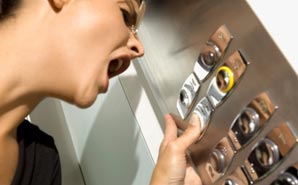

Disaster preparedness shouldn’t be a foreign concept to nurses. Over the past decade or so, those “rare” and catastrophic events we normally would read about in our history books are now a part of our present culture. 9/11, bomb threats, anthrax attacks and frequent natural disasters have forced us to redefine what is considered “rare.”
So we as health care professionals have to approach these disasters with an open mind and begin to mitigate the possibility that we are not exempt by being prepared.
I’m sure everyone remembers their hospital orientation (that was fun, huh?). Well, there is some important information given during those long days that will help you navigate your way through a disaster, whether you’re on the clock or not. Here are some resources to keep in mind when it comes to disaster preparedness:
Know your codes
If you don’t know your codes, know where to find them
Know where to find your resources
Know your role
Practice makes you prepared, not perfect
As always, my list is basic and simple. The more you know, the safer you are. The safer you are, the safer your patients and your loved ones will be. And who doesn’t want that?
When we discuss students, we always mention their qualities. Those qualities show what they are…
If you or someone you know is juggling mental health issues alongside substance abuse, understanding…
For the last couple of weeks, the Israel-Hamas conflict has taken over the news cycle.…
Our eyes are invaluable, serving as our windows to the world. The ability to see…
Undoubtedly, one of the most demanding and challenging professions is nursing. Nurses work long hours in…
Echocardiography, or echo for short, is a key diagnostic test used by cardiologists to assess…